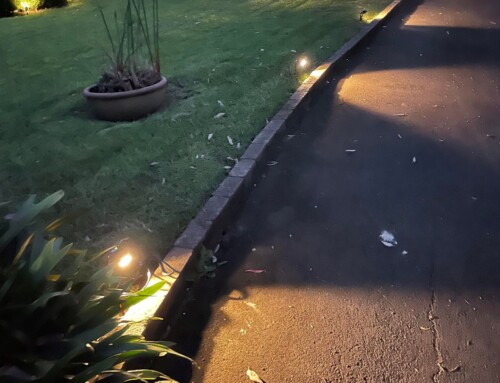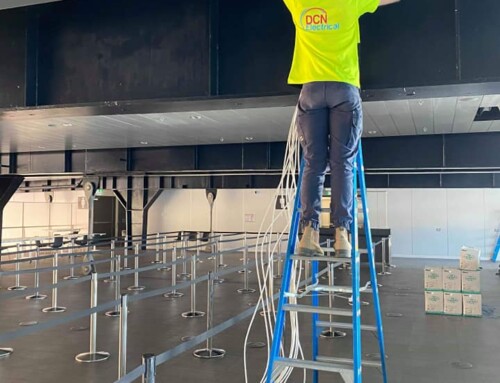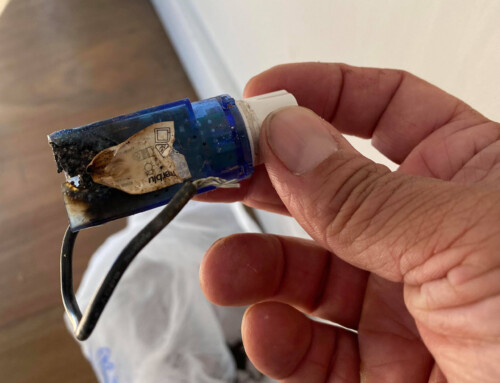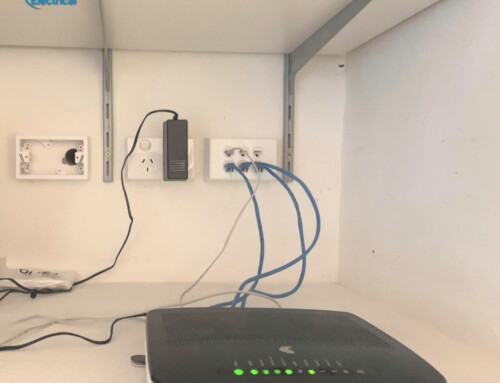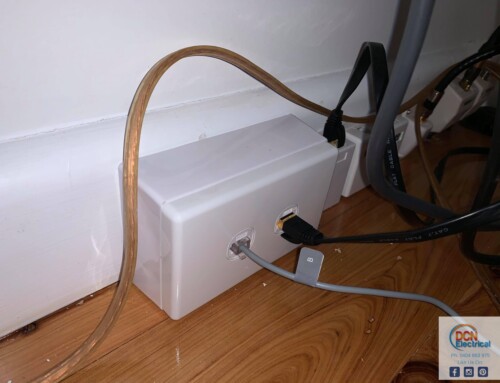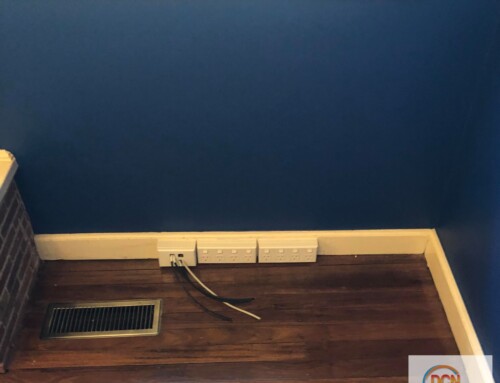One of the most important aspects when it comes to lights and lighting systems is its energy efficiency. Generally, electric lighting accounts for 15% to 25% of the average electric usage of a house. More technology and innovations have risen to the resolution of this economic issue. Yes, you heard it right. Lighting cost is considered one of the economic issues. As we all know, every establishment, no matter how small it is, uses lighting and thus uses energy. Energy is such a crucial and delicate resource that experts strive to learn ways to preserve it. People who knew this problem should be able to learn ways to save energy by smart lighting and efficient technology
The incandescent bulb.
The most traditional used light is the incandescent bulb and this type of lighting is some way not an energy efficient lighting system than the new technology in lighting system. The basic concept behind the use of this bulb is rather elementary. Electric current passes through the filament and since the filament is so thing, it renders a small resistance to the electricity. Such resistance makes the filament hotter and emits a yellow to white ray which is visible to as the light. In other words, the filament incandesces because of heat. Well, the reason I cited the scenario of the light bulb because of its irresistible waste of energy. The problem with these types of bulb is that heat wastes a lot of electricity. The inefficiency of incandescent light is that some energy spent for light is spent on creating heat. Incandescent bulbs produce 15 lumens per watt of input power.
In recent years, there are more efficient lighting choices that are now implemented by many houses across the globe. Moreover, these smart choices would enable consumers to save at least 50 percent of the lighting cost. These efficient types of lighting technology include the LEDs and the CFLs.
Compact fluorescent lamps (CFLs).
These are energy-efficient alternative to the conventional incandescent bulbs. In CFLs electricity is used to energize the argon and mercury vapor inside the bulb and successively energizes the phosphor internal coating of the bulb which then emits a ray of light. In the process, less heat is produced. Meaning more energy is allotted for light emission rather than heat creation and thus saving more energy and cost. CFL uses around 75% less electricity than the incandescent bulb.
Light Emitting Diode (LED).
These are already widespread not only in lighting in the household but in different industries as well. These are efficient lighting material that consists of small capsules or lenses in which tiny chips are placed on the heat-conducting material that enables it to light. It emits very little heat than ordinary bulbs. One interesting aspect about LEDs is that it has longer life and it shines bright as regular bulbs but with lesser energy consumption. LEDs are the current most energy saving bulb out there.




